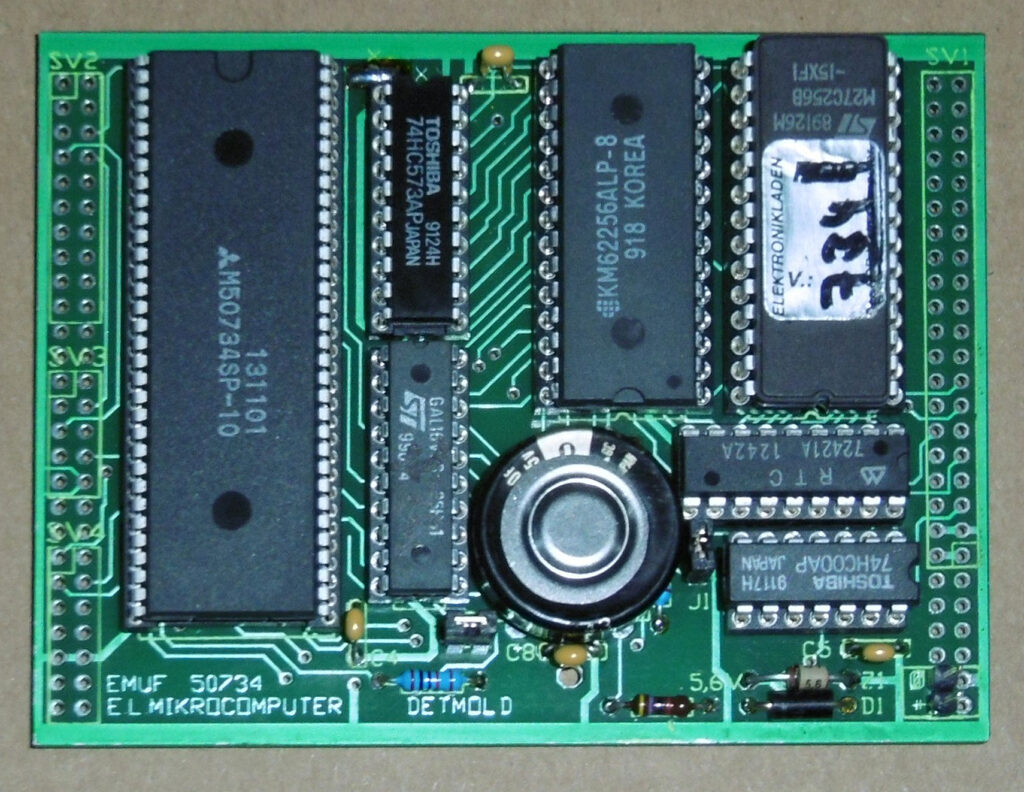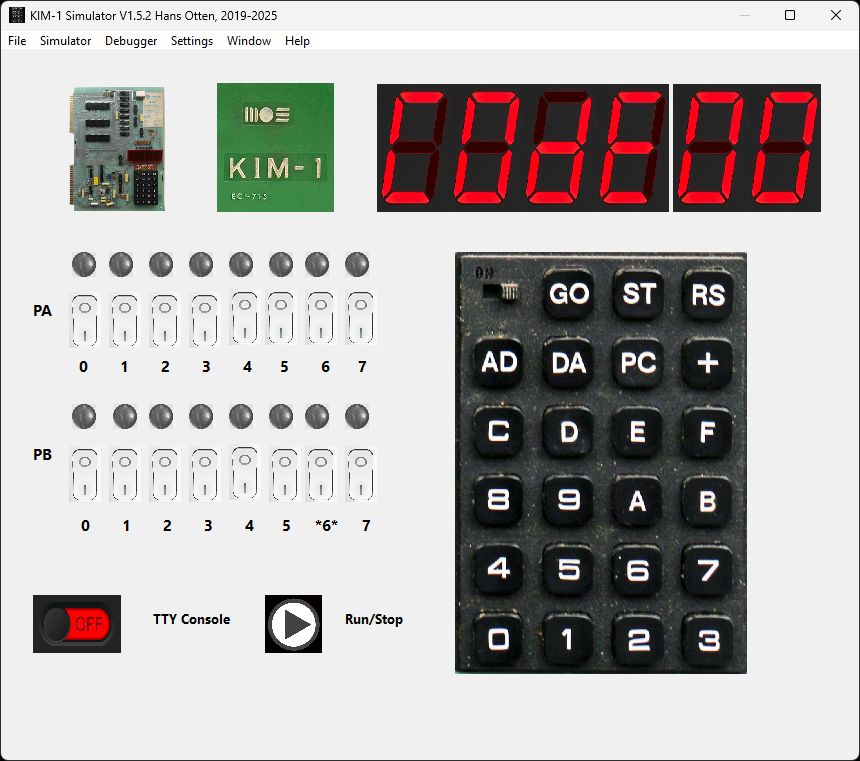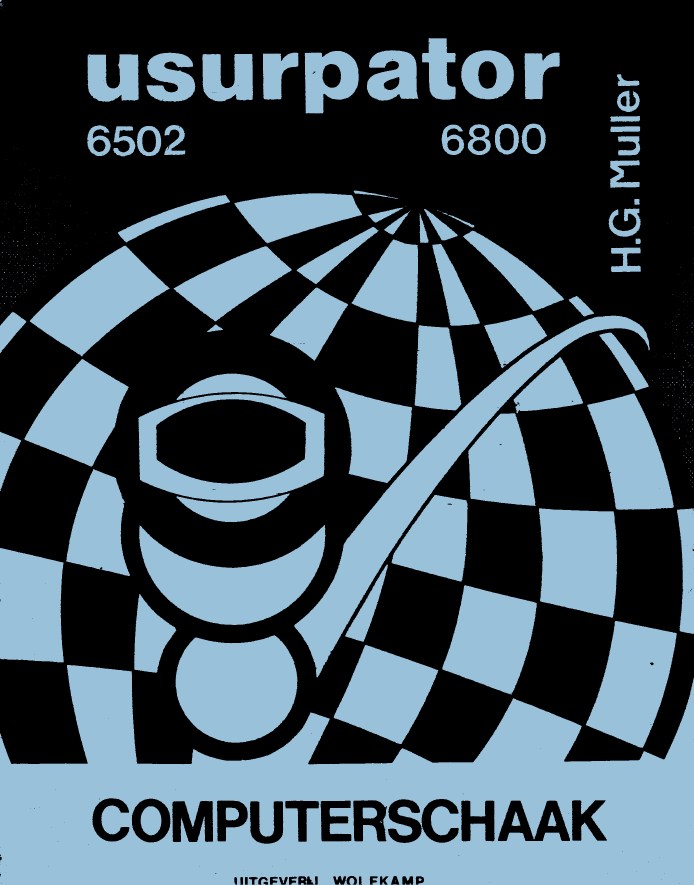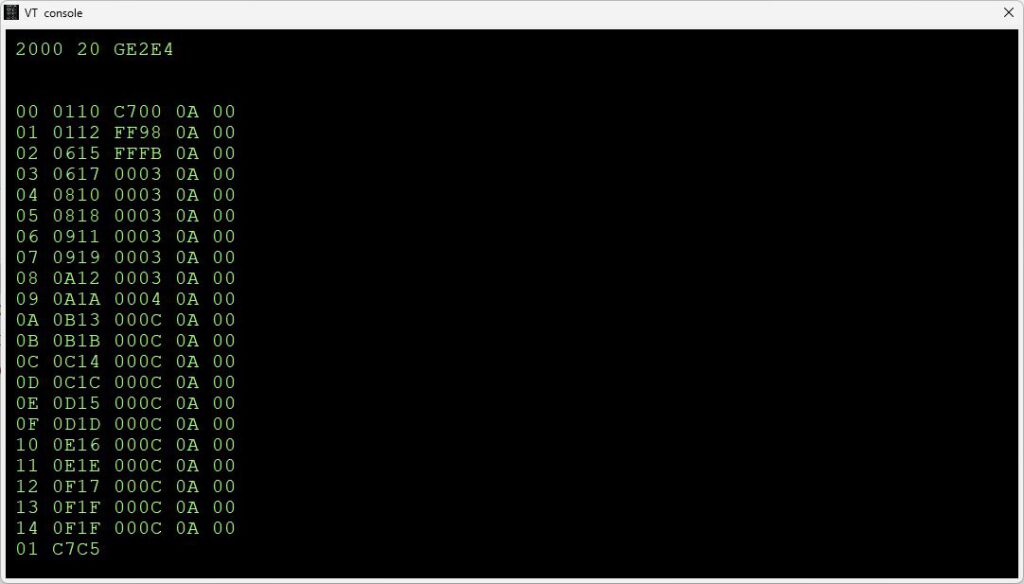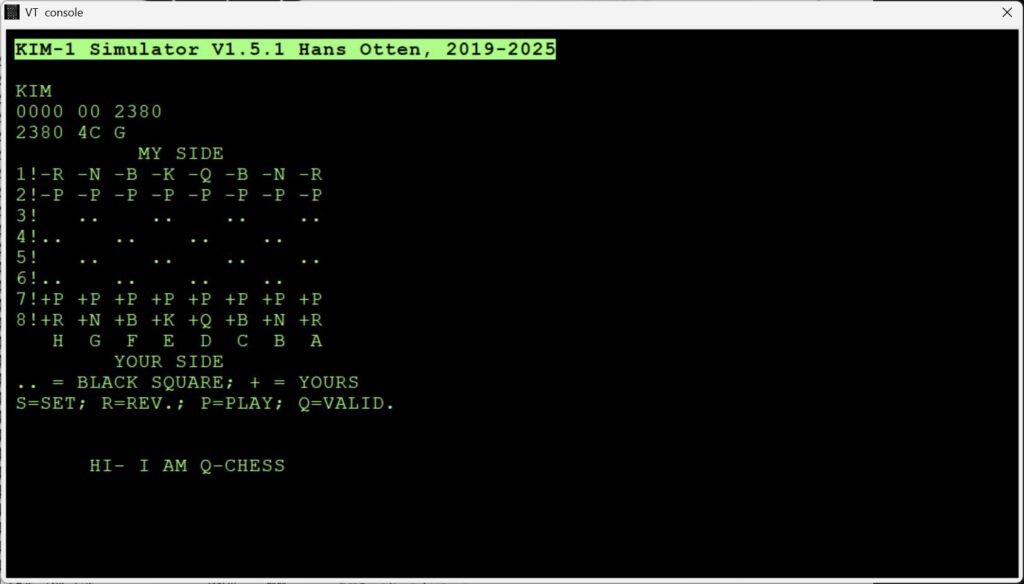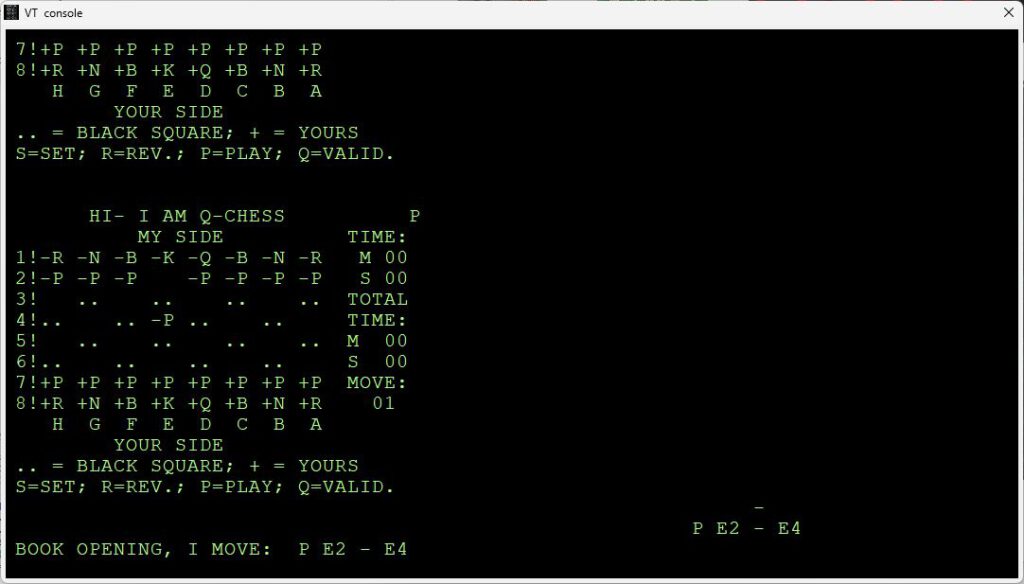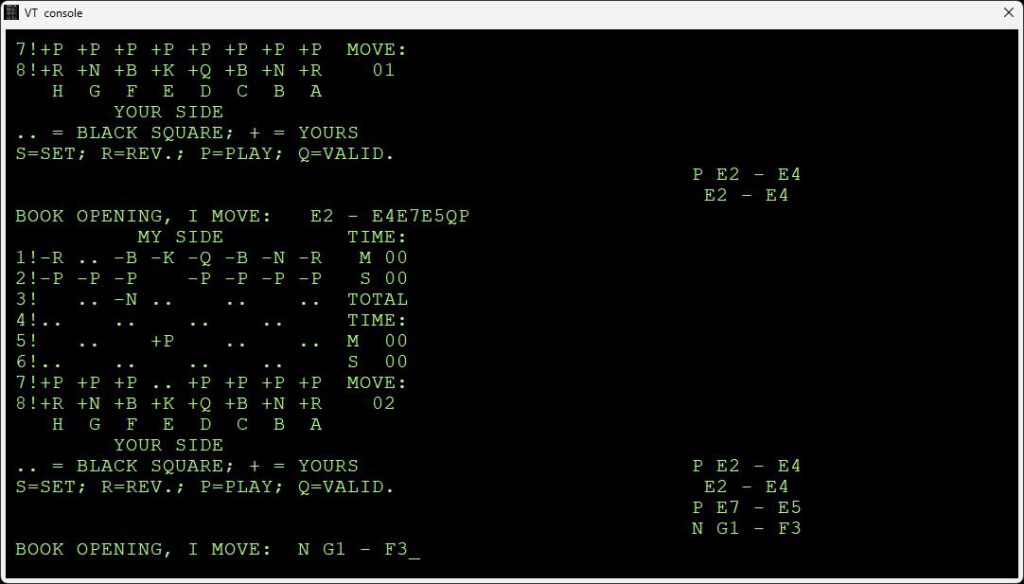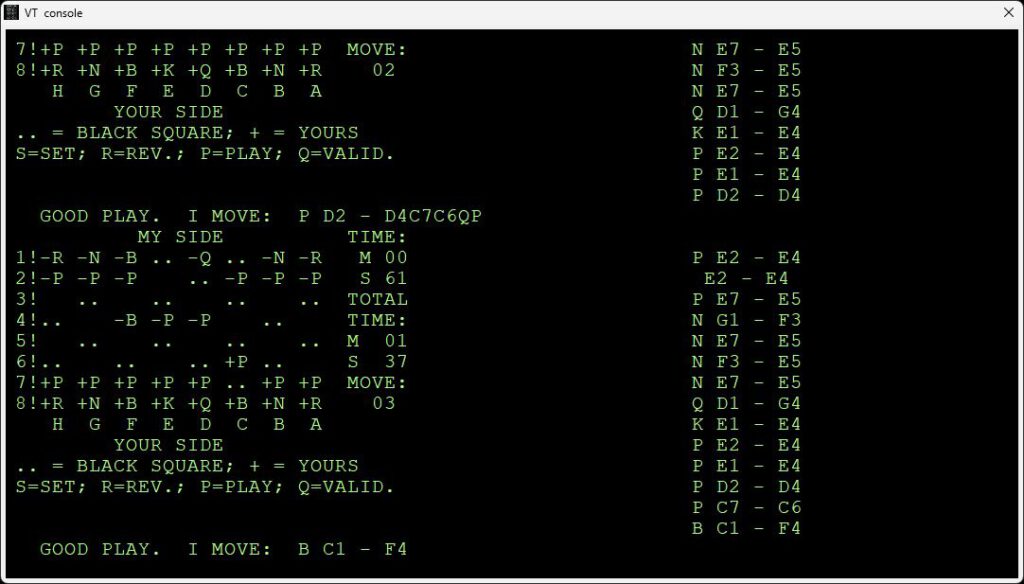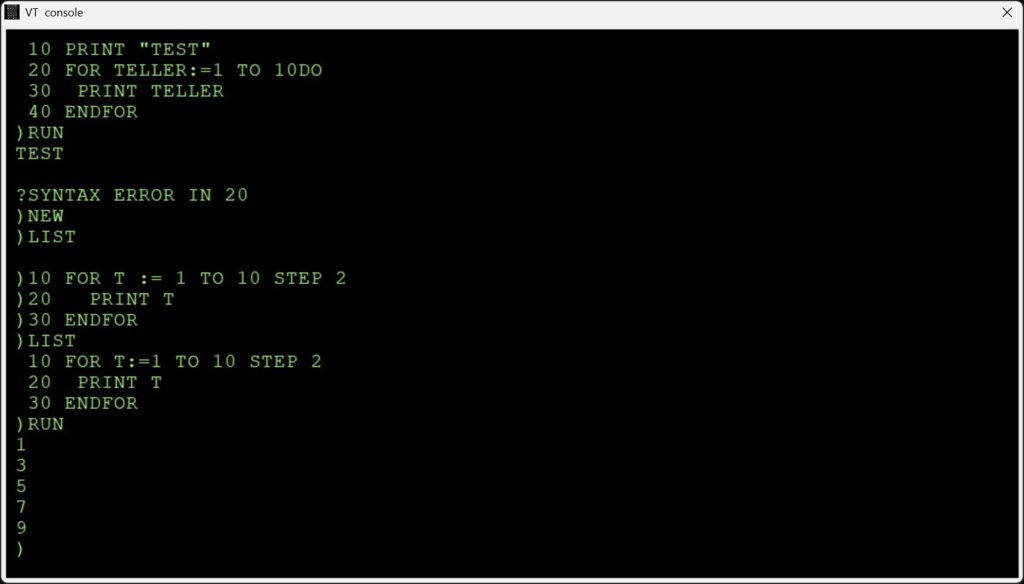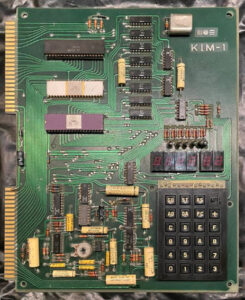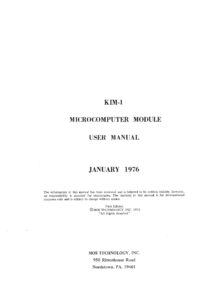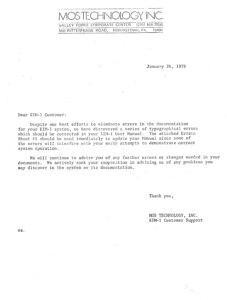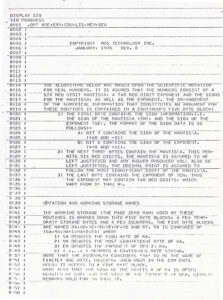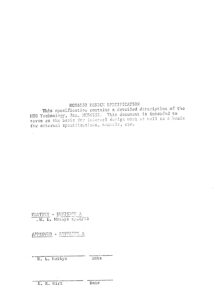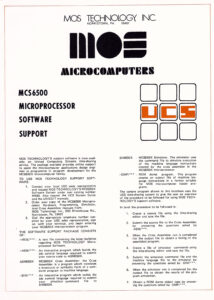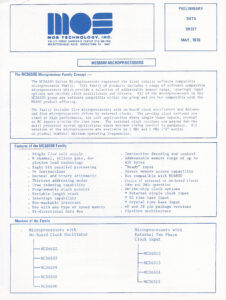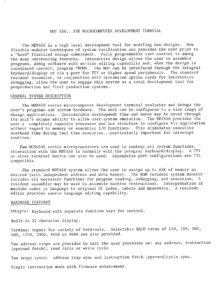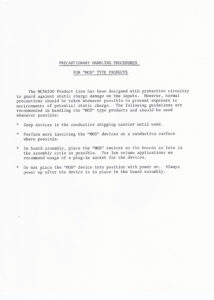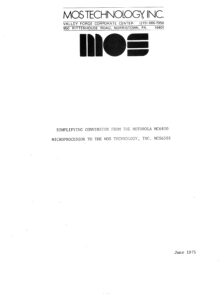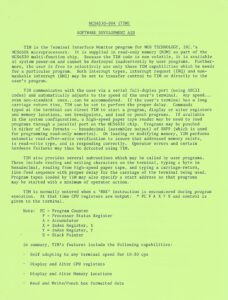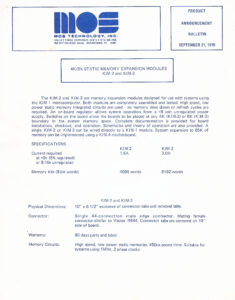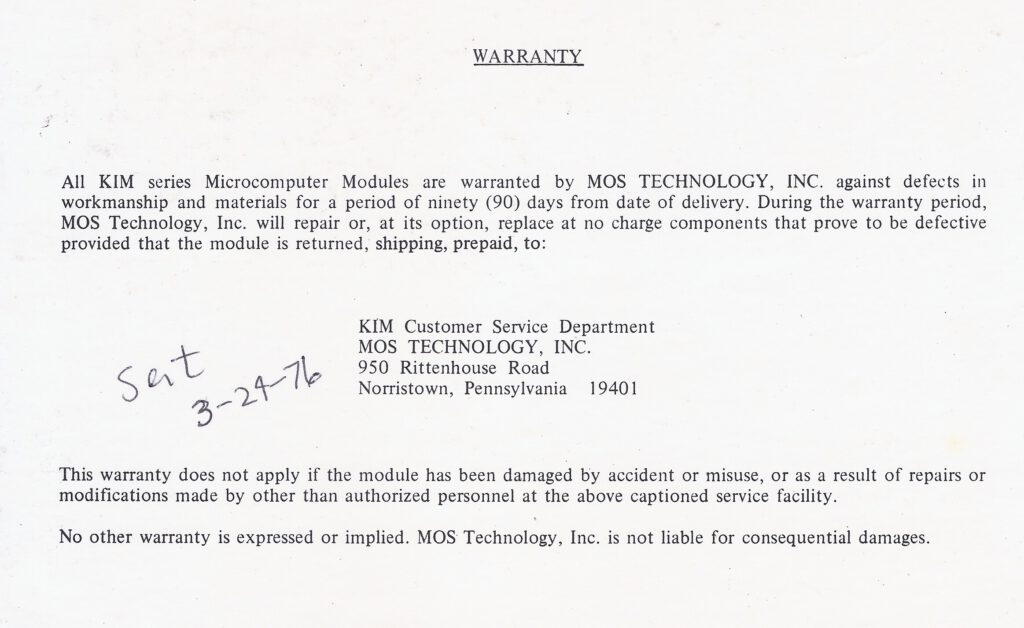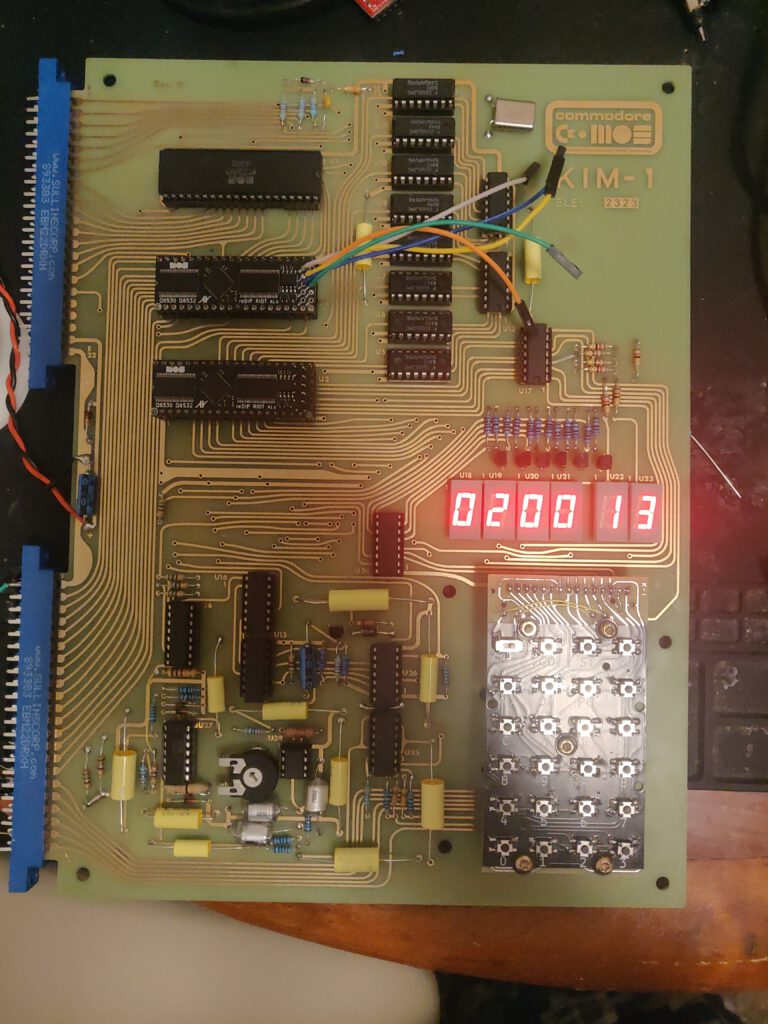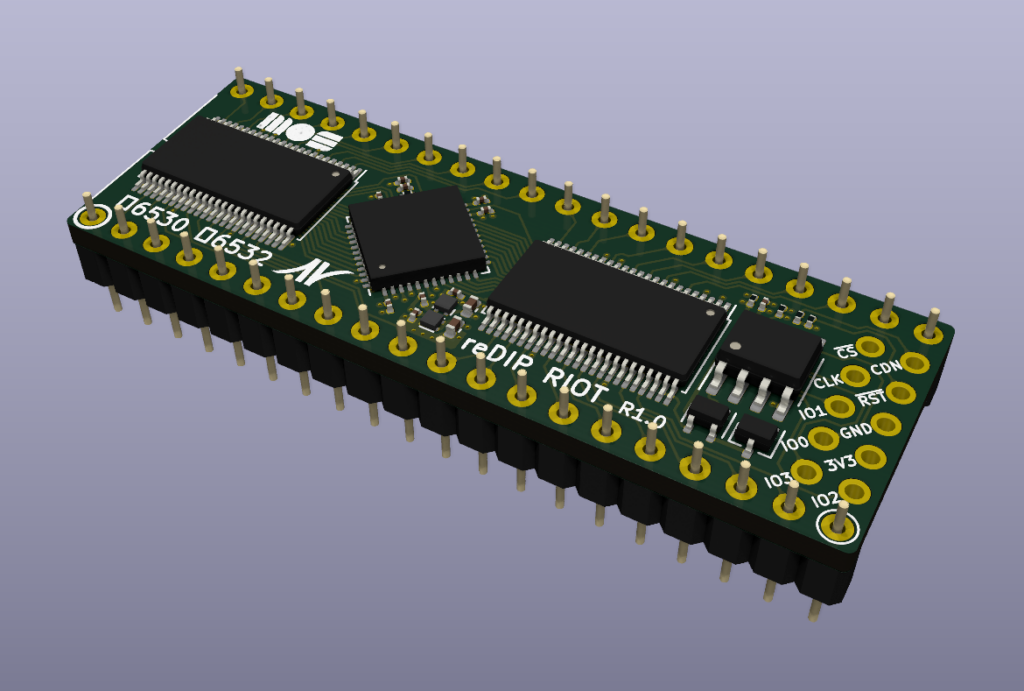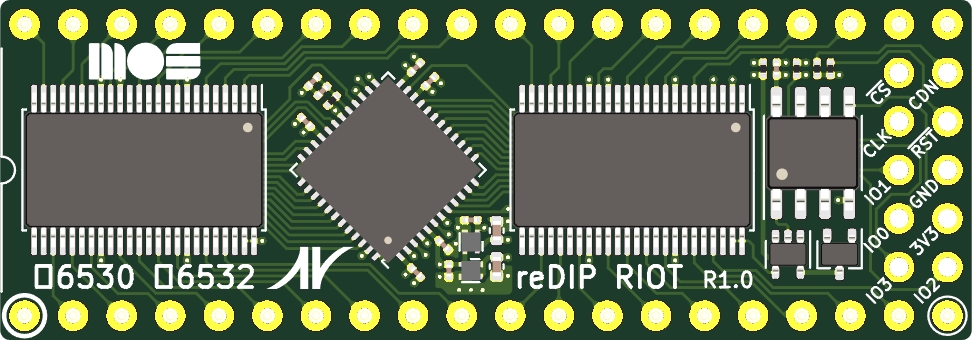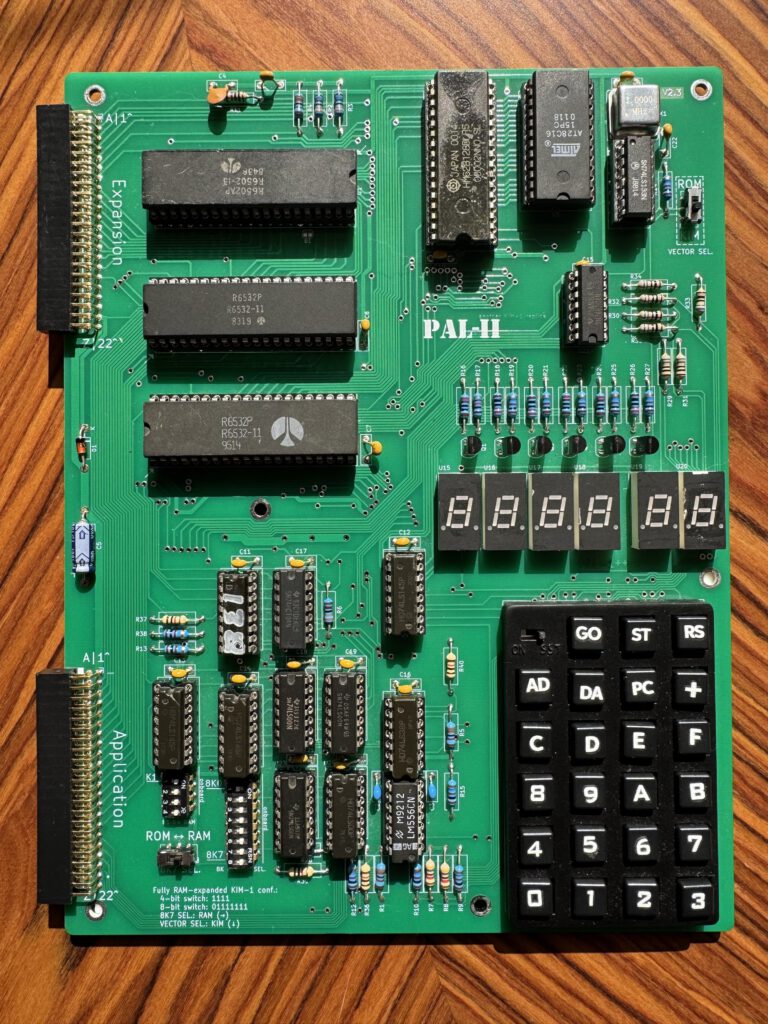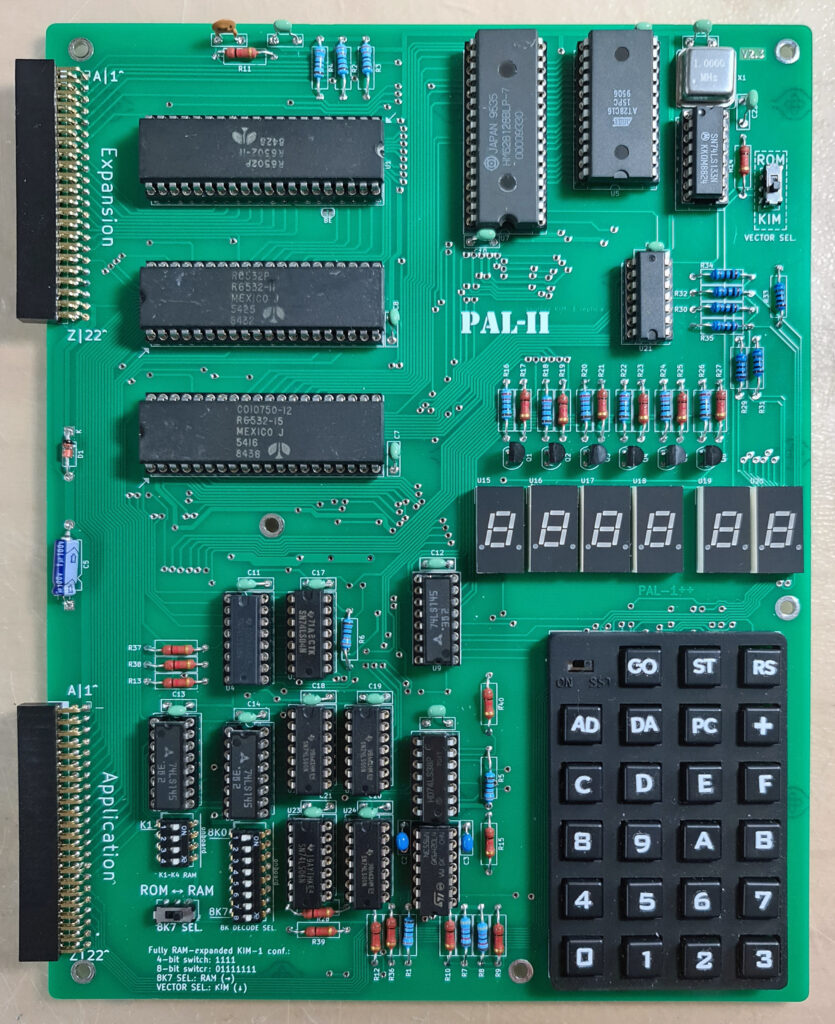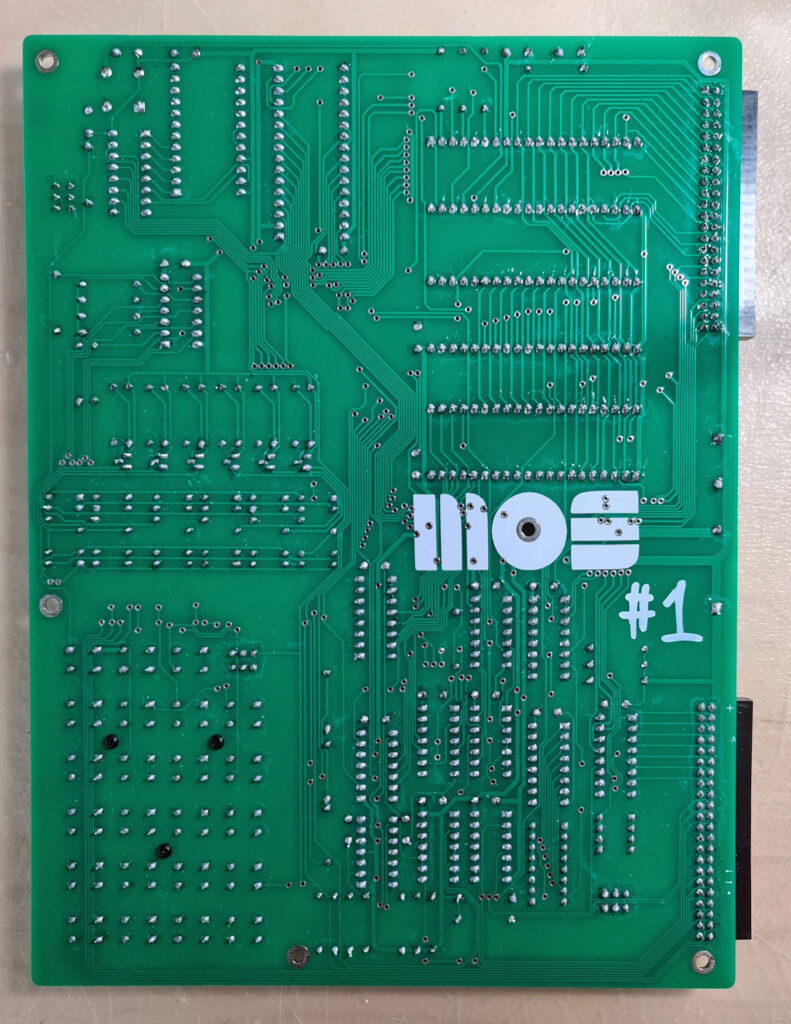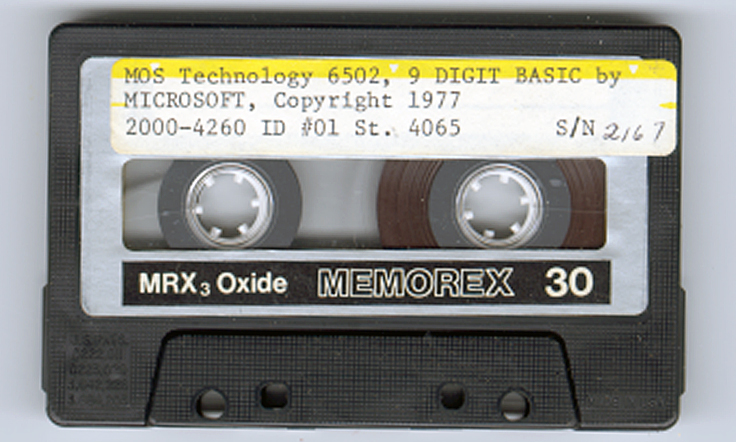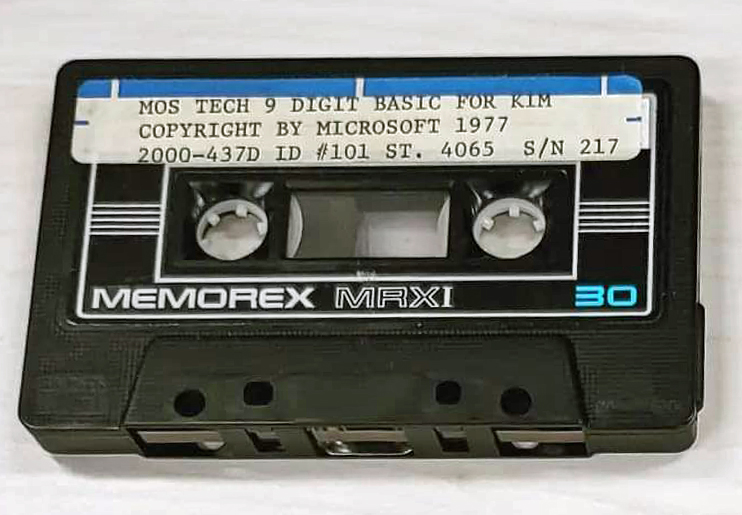MOS Technology, part of Commodore in 1977, not only sold the KIM-1 SBC but added hardware and software as KIM System Products.
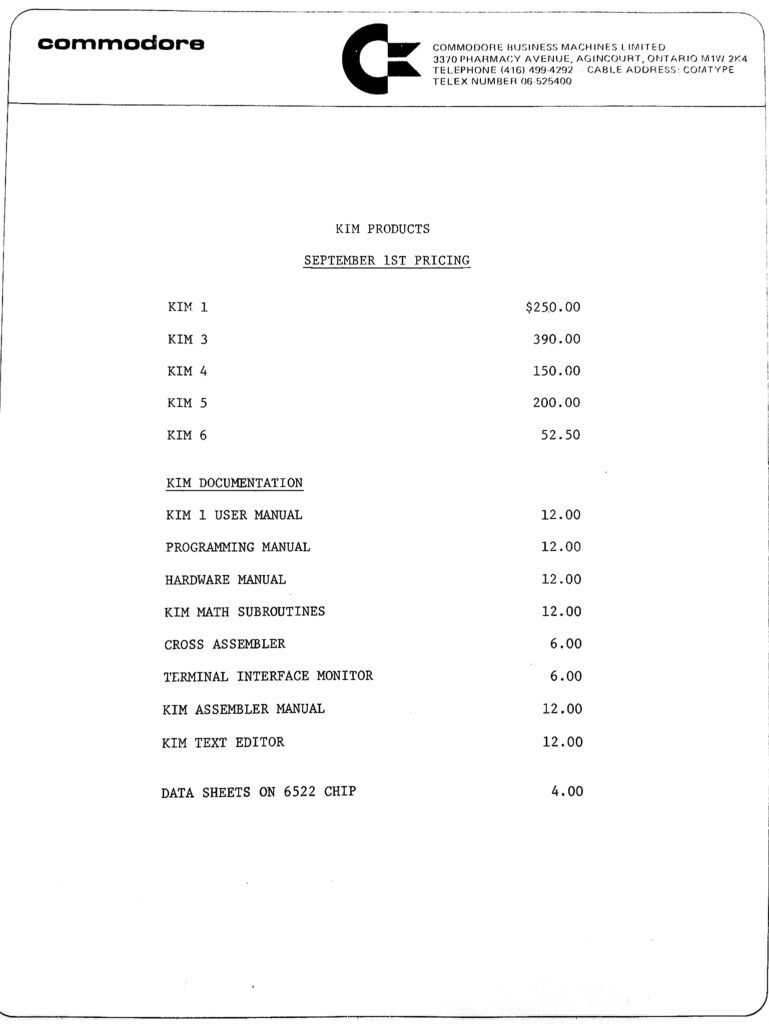
Not only hardware, a Motherboard (KIM-4), RAM memory expansions (KIM2, -3, -3B) and a prototype board (KIM-6) but also software, like KIM Math subroutines (KIMath), TIM (RRIOT + document).
This has been documented for quite some time now on this website with photos and manuals.
I have been looking for years for the KIM-5 Resident Assembler/Editor. Manuals on Assembler and Editor are already known. The software, delivered in 3 ROMs of type 6540, on a KIM-5 ROM board was never dumped before, and the existence, besides the pricelist shown here and some advertisements, doubted by many, including old Commodore employees.
Many years I searched on the internet on fora, websites and friends in the retro world, it did not lead to a dump of the KIM-5 ROMs.
A couple of years ago I saw a listing on ebay.de of a lot with a a KIM-5 with ROMs and a KIM-3B board. I was too late to bid. I could not contact the seller or buyer afterwards. But now I knew the KIM-5 did exist, and had some photos as proof.
A year later Stefan Hamann approached me to ask for information on KIM-1 material he bought from ebay. He was the buyer of the lot!
Stefan was so nice to lent me the KIM-5 (and KIM-3B) and the EPROMs he obtained. I have finally a KIM-5 in my hands with ROMs!
The ROMS have been dumped, tested in the (updated KIM-1 Simulator to 1.5.1) and source recreated. The KIM-5 Resident Assembler/Editor is preserved!
Read all about this on the newly organized and enhanced KIM System Products pages.
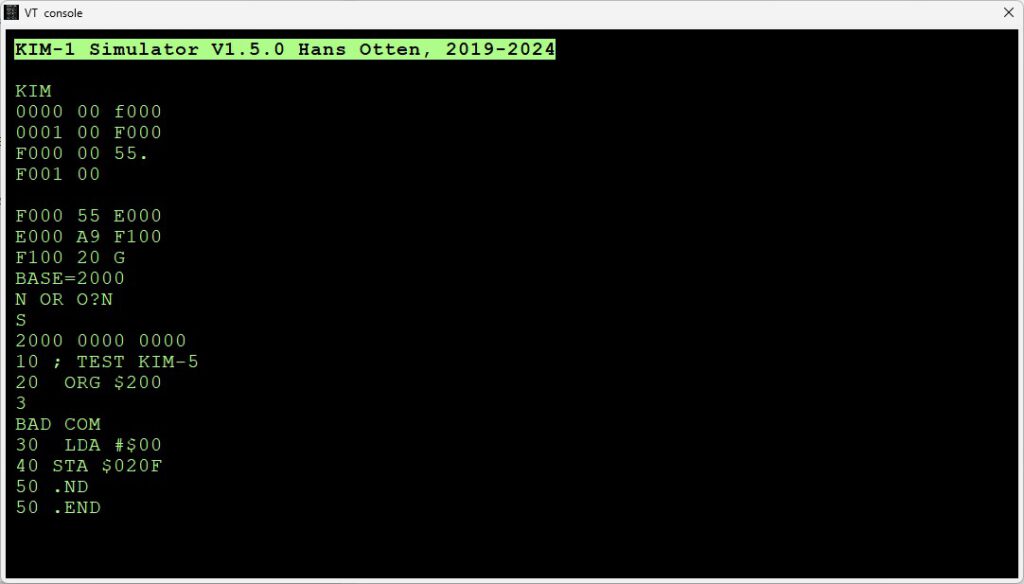
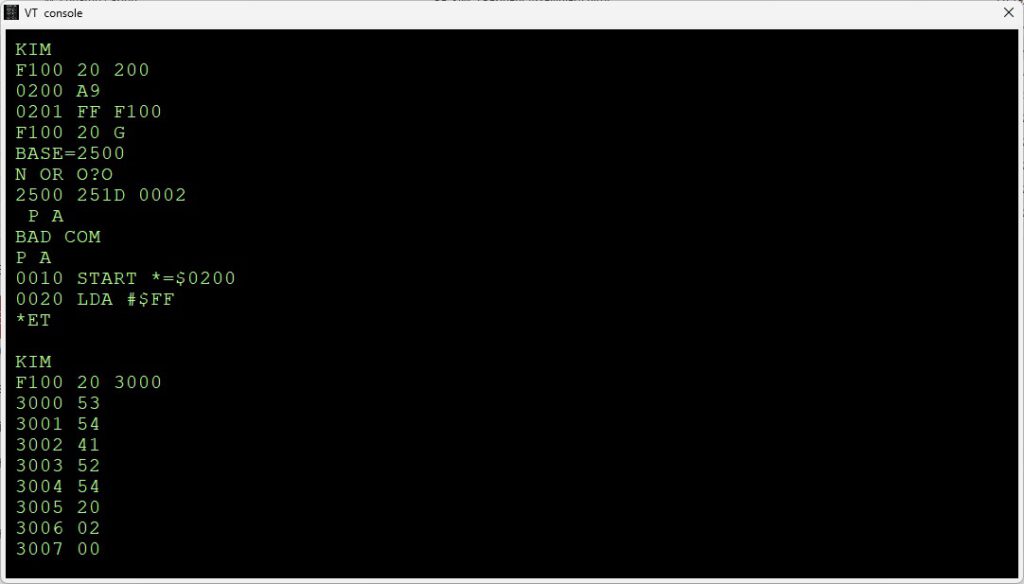
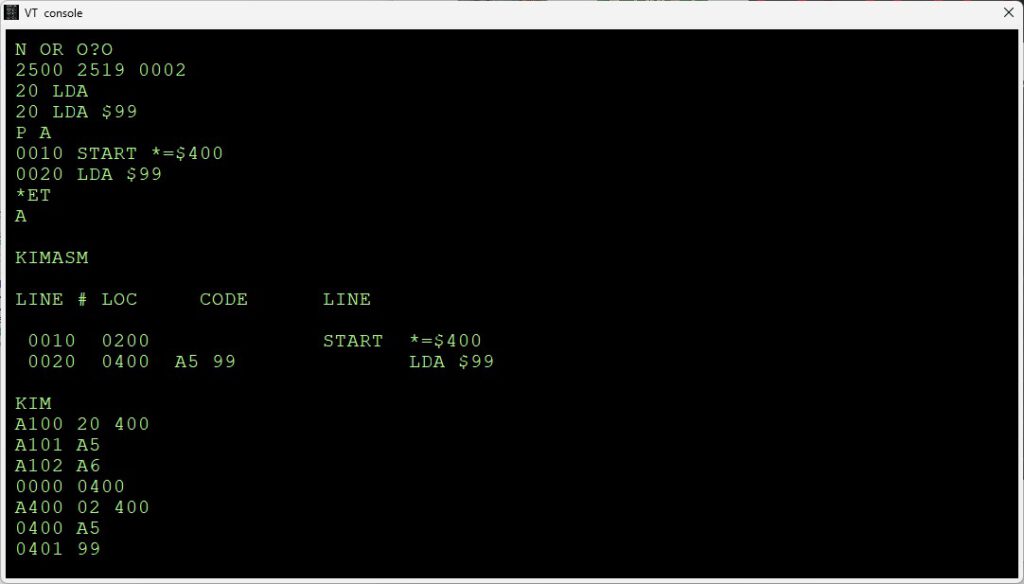
Resident Assembler/Editor at 9000-A7FF
